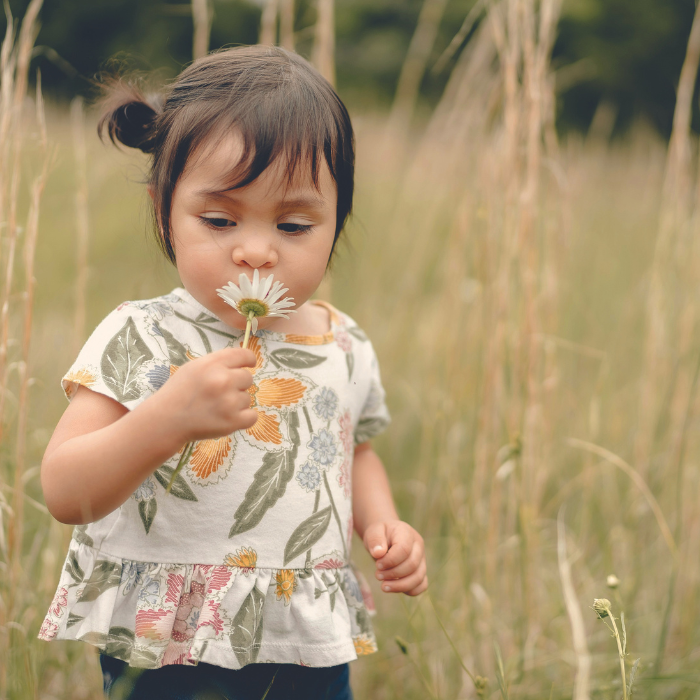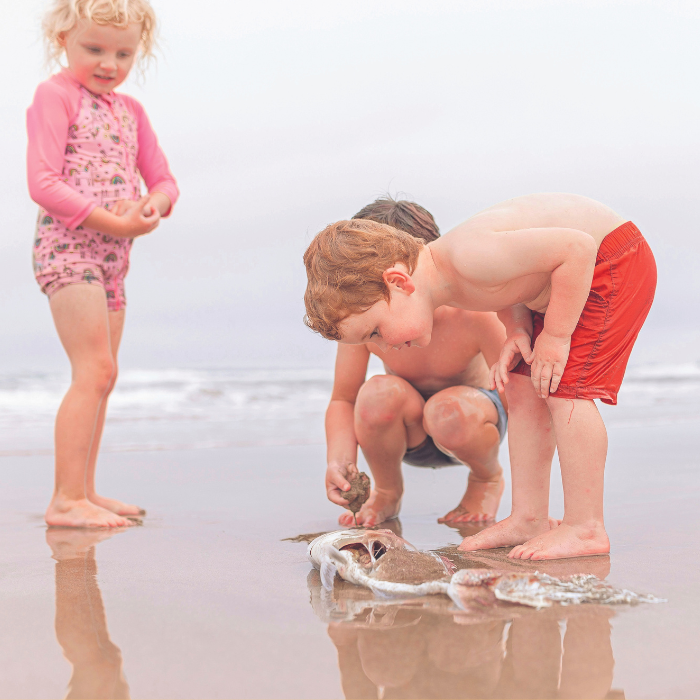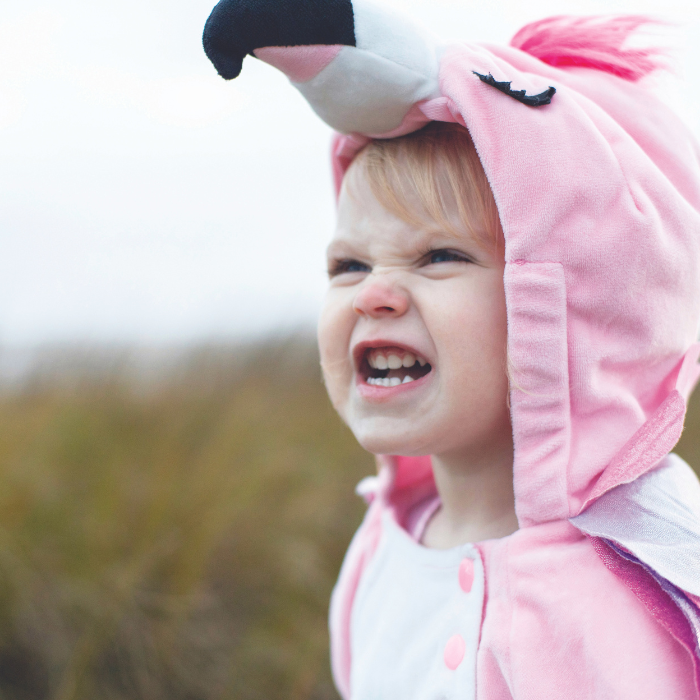
Author and mum of twins, Je T’aime Hayr explains how mindfulness can be helpful during so-called temper tantrums or meltdowns.
By the time my twin boys turned two, this beautifully challenging parenting gig had taught me many things about myself. Unfortunately, I also discovered that I pour milk on porridge ‘the wrong way’.
Suddenly, it dawned on me why people called this age and stage ‘the terrible twos’, swiftly followed by ‘threenagers’ and yes, my ‘almost fives’ are still sometimes going through this: tantrums and meltdowns.
A child’s strong emotions can be challenging at home and downright embarrassing in public, so my first instinct was to make them stop. I’d distract my boys from their feelings by offering them a packet of sultanas. Or I’d rationalise: “We have to leave the playground because it’s dinnertime.” Other times I’d spiral into my own meltdown of sorts yelling, “Calm down!” Oh, the irony. Nothing I was doing helped the situation, and I knew
I had to try a different approach altogether.
What’s happening in a child’s brain during big feelings?
According to neuroscience, a temper tantrum involves two parts of the brain. The amygdala perceives threats and processes emotions like fear or anger, and the hypothalamus controls unconscious functions like heart rate. When a child’s amygdala detects a threat, her hypothalamus makes her snap. Hence, she experiences red-faced fury, pounding heart and clenched fists. A child’s big feelings are a full-body experience and they cannot verbalise or deal with them. Not only is this not their fault (or yours – even if you’re awful at pouring milk onto cereal), it’s also perfectly normal because their prefrontal cortex is not fully developed until adulthood. So, what to do?
Practicing mindfulness can help anyone cope
Mindfulness helped me navigate prenatal depression, everyday stress, and my general impatience with traffic, long queues, and bad drivers. And when I clicked that I could apply mindfulness practice to temper tantrums, it often worked like magic to help my boys and me cope.
Remember, our goal is to share our calm, not join the chaos. First, put on your oxygen mask. Take a few long, deep breaths. Tell yourself you can handle this and reframe the experience into a teachable opportunity.
Pause to observe and accept the situation. Feel empathy as you observe the child’s experience without judgement. She is clearly having a hard time. Are there any unmet needs underlying the emotions? Is she tired, hungry, or even overstimulated.
Now validate her feelings by looking her in the eyes and calmly acknowledging what is happening. For example, “It seems you are angry. I can see you’re frustrated about leaving the playground when you wanted to play for longer.” In mindfulness, we use the phrase ‘name it to tame it’ because noticing and labelling our emotion can release us from its initial power. This makes her feel seen as well as accepted and loved unconditionally. It also helps her to understand one of the principal lessons of mindfulness: our feelings are just visitors that will come and go.
“Name it to tame it” noticing and labelling emotions can release its power and make children feel seen and loved.
Practice belly breathing to feel calm and connected. Once a highly emotional child feels validated, they can be soothed. In his book Peace is Every Breath: A Practice for our Busy Lives (2011 HarperOne Publishing), Zen Master Thich Nhat Hahn describes mindful breathing as ‘your seatbelt in everyday life’. “If you know how to breathe then you have your seatbelt and you’re always safe.” Belly breathing is ideal in a heightened state, so if they are under four you can co-regulate with them. Holding my boys close while I took calming breaths helped us both. Slowly fill your belly with air, pause and then gently release it. Do four rounds. Over time, little ones can do this independently and use belly breathing to activate the parasympathetic nervous system and trigger the body’s relaxation response whenever they feel stressed, angry, nervous or anxious.
Mindfulness takes practice, but it’s worth it. Just as we patiently help our children take their first steps, we must also help them navigate the rainbow of human emotions. And by responding with compassion, we help build the natural pathways that assist little ones to confidently self-regulate, feel more at ease with their emotional journey and foster healthy relationships over time.
Je T’aime’s book, The Little Tiger with the Big Temper ($20, Sassy Mama Press) helps kids (and parents) learn mindfulness, meditation, and conscious communication. Pre-order yours at sassymama.co.nz
Click here for more parenting tips on mental wellness and behaviour.








